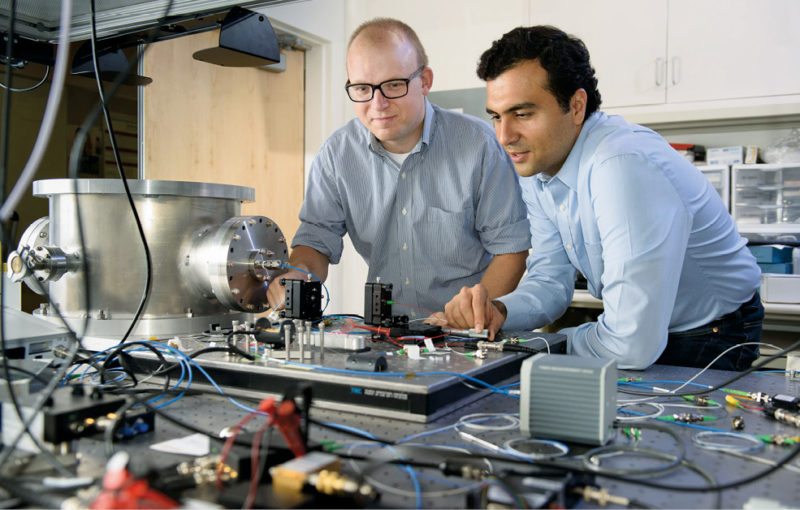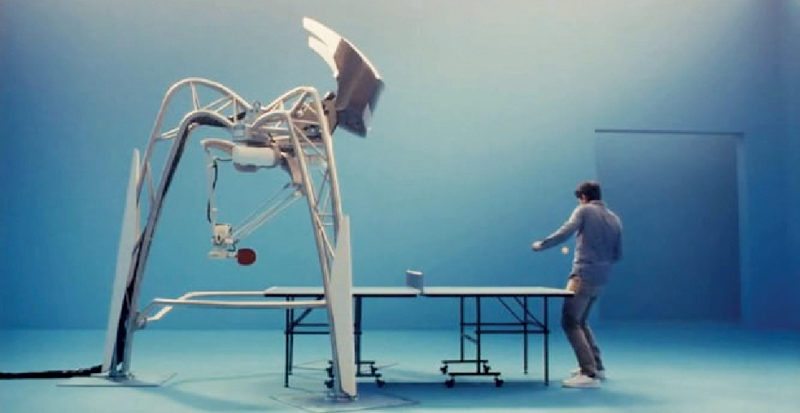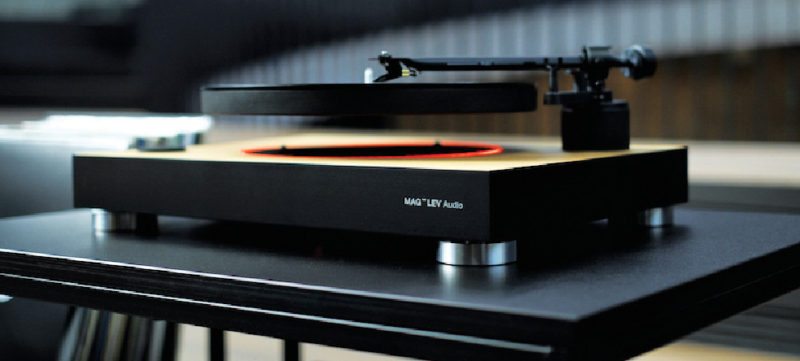China starts operation on world’s largest single-dish radio telescope
China has finalised the world’s biggest radio telescope, whose 503m (1650-feet)-wide dish will scan the heavens for signs of intelligent alien life, among other tasks.
With a dish the size of 30 football fields, Five-hundred-meter Aperture Spherical radio Telescope (FAST) is by far the largest single-aperture telescope in the world (though arrays that link up multiple radio dishes cover more ground). The previous record holder in the field is the 300m (1000-feet)-wide Arecibo Observatory in Puerto Rico.
FAST was built in China’s Guizhou Province, more than 2000 kilometres southwest of Beijing. The US$180-million facility should help scientists learn more about the Universe’s early days, detect low-frequency gravitational waves and hunt for signals that may have been produced by distant alien civilisations.

Computer that can solve problems traditional computers cannot
Processing power of standard computers is likely to reach its maximum in the next 10 to 25 years. Even at this maximum power, traditional computers would not be able to handle a particular class of problems that involve combining variables to come up with many possible answers, and looking for the best solution. Combining optical and electronic technology, Stanford researchers have made a new type of computer that can solve problems that are a challenge for traditional computers.
This new type of computer, which blends optical and electrical processing, could get around this impending processing constraint and solve those problems. If it can be scaled up, this non-traditional computer could save costs by finding more optimal solutions to problems that have an incredibly high number of possible solutions.
Peter McMahon, post-doctoral scholar in applied physics and co-author of the paper, says, “This is a machine that is in a sense the first in its class, and the idea is that it opens up a sub-field of research in the area of non-traditional computing machines.”

(Image courtesy: http://news.stanford.edu)
Ultra-low power transistors that could function for years without a battery
A newly-developed form of transistor opens up a range of new electronic applications including wearable or implantable devices by drastically reducing the amount of power used. Devices based on this type of ultra-low power transistor, developed by engineers at University of Cambridge, could function for months or even years without a battery, by scavenging energy from its environment.
Using a principle similar to a computer in sleep mode, this new transistor harnesses a tiny leakage of electrical current, known as a near-off-state current, for its operations. This leak, like water dripping from a faulty tap, is a characteristic of all transistors. But this is the first time that it has been effectively captured and used functionally. The results open up new avenues for system design for the Internet of Things, in which most things we interact with every day are connected to the Internet.
Tiny robots roam around the body
Researchers from Massachusetts Institute of Technology and Stanford University have developed miniature wearable robots, Rovables, that can crawl down and around unmodified garments; you do not need to wear any special garment to make these crawl on you.
With the help of magnetic gripping wheels on either side of clothing, Rovables can scale garments. Sensors and artificial intelligence help these to be partially autonomous. A little bigger than a ring box, these tiny wearable robots can house wireless communications, microcontrollers and a battery that can stay charged for 45 minutes at full capacity before needing to be charged again. However, researchers say that battery life should extend for much longer if the robots are not moving all the time.
These robots can be quite useful. For example, when there is a new email, these can tap on your body, or roll up your sleeve if your body temperature increases. Also, these can form a light on your back during an evening bike ride or assemble on your arm to create a display and play video.

3D-printed acoustic holograms move objects in midair
A team from Max Planck Institute for Intelligent Systems, Germany, has described a new way of easily creating very high-resolution acoustic holograms that work in air or water.
Rather than relying on a whole bunch of small transducers, these use just one giant transducer that sits underneath a special 3D-printed transmission hologram made out of finely-contoured plastic. The single transducer emits one type of sound wave, which means that you cannot use it to create a sound field that will do all that much for you.
The trick is to use a 3D-printed piece of plastic. The block is attached to the transducer, and when it transduces, the sound wave has to propagate through the block before it is emitted into Space. Since sound moves slower through the block than it does through air or water, by carefully printing the top of the block in a very specific pattern to vary its thickness, you get the same effect as using a transducer array made up of individual transducers that are each as small as the resolution of your 3D printer. This allows creation of acoustic holograms that are about 100 times as detailed as anyone has been able to make before.

Advanced imaging technique for cancer detection
Researchers from University of Cambridge are developing a new imaging technique with the aim of detecting and characterising early cancerous changes in the gastrointestinal tract. The technique involves using a standard endoscopy system with a novel set of camera filters, increasing the number of colours that can be visualised during endoscopy, and potentially improving the ability to detect abnormal cells in the lining of the gut.
Dr Sarah Bohndiek from University of Cambridge, UK, who is leading the development, explains the new technique as, “In traditional endoscopy, we use white light and detectors that replicate our eyes, which detect light in red, green and blue colour channels. We are now developing an approach called hyperspectral imaging, which will increase the number of colour channels that can be visualised from three to over 50.”
“Since cell changes associated with the development of cancer lead to colour changes in tissues, we believe that hyperspectral imaging could help us to improve the specificity of lesion identification because we can use these colours to identify abnormal tissues,” adds Dr Bohndiek.
Bendable battery to power future wearable devices, smartphones
Panasonic is developing a new bendable lithium-ion battery that can flex and twist to power wearable devices and one day be used to develop a flexible smartphone. Although it is still in the early stages of development, the battery has already been tested to withstand twists, bends and other deformations while maintaining its ability to hold a charge.
In contrast, a regular lithium-ion battery, commonly used in smartphones and other gadgets, can degrade when it is deformed, thus shortening the device’s operating time.
Panasonic’s bendable battery uses a newly-developed laminated outer body and internal structure that the company says makes it difficult for the battery to leak or over-heat. With this new casing and internal wiring, the battery is safer and more reliable for wearable tech devices.

AI robot teaches humans ping pong
The name FORPHEUS comes from Future Omron Robotics technology for Exploring Possibility of Harmonized aUtomation with Sinic theoretics. A coined term embodying OMRON’s robot technologies based on its unique future prediction theory—SINIC theoretics. It is also a combination of For and ORPHEUS (a bard in Greek mythology as a symbol of human creativity), representing OMRON’s attitude of bringing out human creativity and possibility.
Robot FORPHEUS aims to improve your table tennis skills while having fun at the same time by keeping a rally going. In addition to the conventional function to control returning the ball according to the trajectory and strength of the ball, the third-generation FORPHEUS is equipped with new amazing technologies where you and machines grow together by using artificial intelligence (AI) technologies.
FORPHEUS can learn about characteristics of your actions and the trajectory of the ball and keep a rally going, which guides you to make more progress. Further, the degree of harmony between you and the machine has been made visible through the rally.

Levitating turntable that can play records in the air
A Kickstarter campaign has been launched to bring the first levitating turntable into production, the Vinyl Factory notes. Mag-Lev Audio, a Slovenian company, is hoping to raise US$ 300,000 to manufacture the machines, which are designed for people who appreciate high quality sound and innovative design.
The turntables will use a magnetic platter to suspend the vinyl record during playback. By pushing the frontier of audio technology, the makers were able to integrate the uplifting experience of music into the turntable design itself, bringing the feeling of zero gravity into the living room.
As for making that vinyl float, the Kickstarter page says, “By using our innovative and patented technology, we were able to achieve not only magnetic levitation, but we have also been able to maintain the incredibly precise turning of the platter with sensor regulating software. Air is the smoothest medium with the least amount of friction, which further elevates this project into a truly unique listening experience.” The design also includes feet to support the platter in off mode, and a safety system in case of unexpected power outage.








